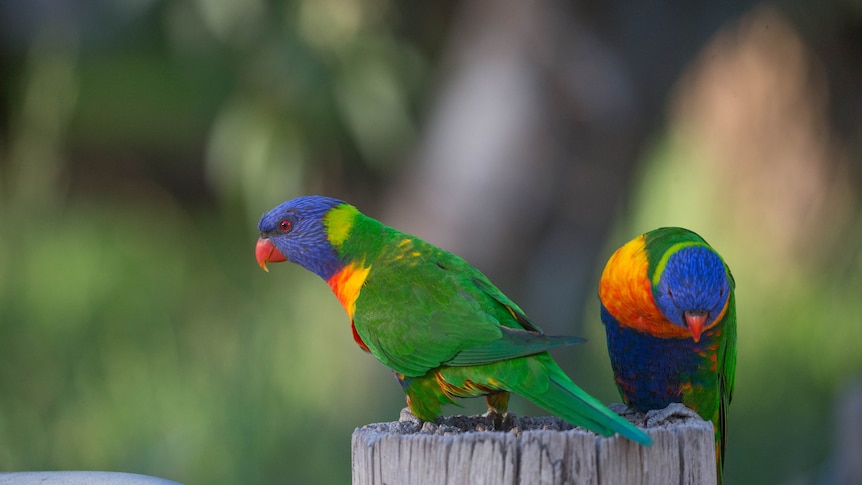- cross-posted to:
- birding@slrpnk.net
- cross-posted to:
- birding@slrpnk.net
When it comes to native Australian fauna, birds have been among the catastrophic losers since European settlement.
“They happen to be lucky in that they like the habitat we modern Australian humans have created, which is basically what you’d call a park,” Ms Loos told ABC Statewide Mornings radio.
Photographer Chris Farrell, co-author of Australia’s Birdwatching Megaspots with Peter Rowland, said a greater emphasis on growing native trees in urban environments three or four decades ago had helped some of our most successful native birds.
Noisy miners are territorial birds that can push smaller birds out of an area.
Little corella (Cacatua sanguinea): regarded by some as a menace for crops, corellas and sulphur-crested cockatoos have thrived thanks to modern agriculture which has given them an abundant food source.
Galah (Eolophus roseicapilla): a similar tale to the white cockatoos, with which they often flock.



This is the best summary I could come up with:
Among the cosmopolitan birds that will populate Australian gardens this spring, there is a cadre of successful natives you will see in increasing numbers each year.
Nature writer Tanya Loos said “unnatural” spaces — such as suburban backyards – were as appealing to certain native birds as they are to Australian families.
“They happen to be lucky in that they like the habitat we modern Australian humans have created, which is basically what you’d call a park,” Ms Loos told ABC Statewide Mornings radio.
Other charismatic species, such as the king parrot and the rainbow lorikeet, Birdlife Australia’s bird count champion, have been encouraged by well-meaning residents.
Rainbow lorikeet (Trichoglossus moluccanus): beautifully coloured and very social, their increasing presence in southern states has not been good news for some other parrots.
Willy wagtail (Rhipidura leucophrys): feisty and fearless, this insect eater is at home almost anywhere but likes grassy areas such as urban lawns and parks.
The original article contains 879 words, the summary contains 153 words. Saved 83%. I’m a bot and I’m open source!